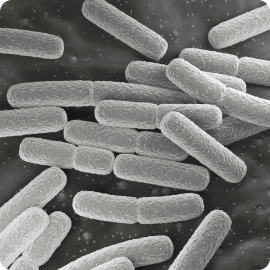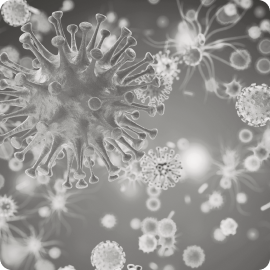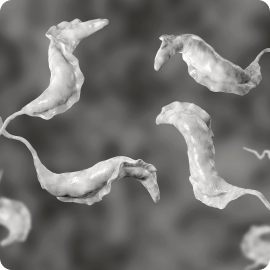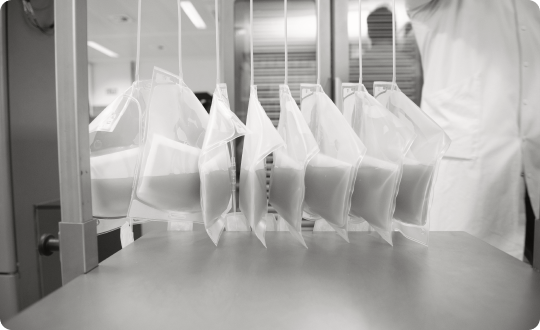PATHOGEN INACTIVATION
Protect Patients
Each and every day, blood product transfusions save lives. Transfusions, however, are not without risk
Reducing Infectious Risk
Blood may be contaminated with harmful bacteria, viruses and parasites which can lead to transfusion-transmitted infectious diseases (TTID)
Despite the existing best efforts (donor selection, testing, limiting storage time and quarantine of blood components) there is still an intolerable level of risk that cannot be ignored. INTERCEPT™ Platelets and Plasma present a proactive approach in which viruses, bacteria and parasites are efficiently inactivated, providing improved blood safety when TTID risk is unknown or confirmed.
Reducing Non-Infectious Risk
Residual blood components may trigger adverse reactions
- Transfusion associated graft-vs-host disease (TA-GvHD)
- Pulmonary injury including acute respiratory distress syndrome (ARDS)
- Allergic/anaphylactic (ATR) Reactions/Hypersensitivity Reactions (HTR)
- Febrile non-haemolytic reactions (FNHTR)
- Transfusion-related acute lung injury (TRALI)
You may also be interested in
- Jutzi M et al., 2018. Nationwide Implementation of Pathogen Inactivation for All Platelet Concentrates in Switzerland. Transfus Med Hemother 45: 151-156
- Cazenave JP et al., 2011. Use of additive solutions and pathogen inactivation treatment of platelet components in a regional blood center: impact on patient outcomes and component utilization during a 3-year period. Transfusion 51: 622-629
- The INTERCEPT Blood System for Platelets Technical Data Sheet, Cerus Corporation.
- Li M et al., 2022. Is pathogen reduction an acceptable alternative to irradiation for risk mitigation of transfusion-associated graft versus host disease? Transfus Apher Sci 61: 103404
There is no pathogen inactivation process that has been shown to eliminate all pathogens. Certain non-enveloped viruses (e.g., HAV, HEV, B19, and poliovirus) and Bacillus cereus spores have demonstrated resistance to the INTERCEPT™ process. For a full list of warnings, precautions for use and pathogens inactivated, please refer to the Technical Data Sheet and Instructions for Use found in the resource section of this website.





